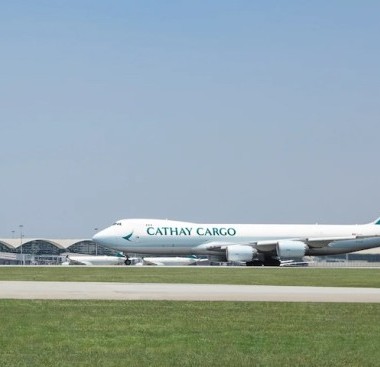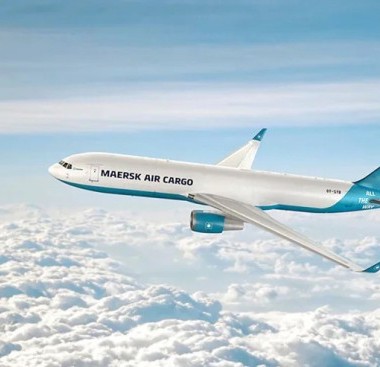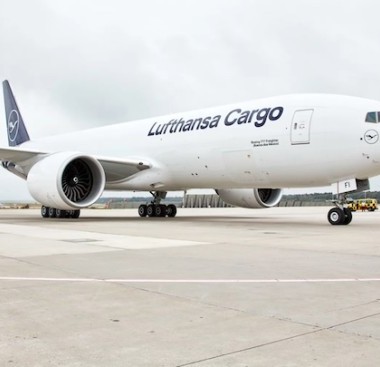Get U.S. air-traffic control out of the 1960s
Apr 21, 2017
National Economic Council Director Gary Cohn was recently discussing President Trump’s goal of improving America’s infrastructure when he said reforming “air-traffic control is probably the single most exciting thing we [the U.S.] can do.”
The proposal Cohn refers to would modernize the nation’s air-traffic-control system, but has generated debate because it would convert the air-traffic system from today’s taxpayer-funded organization run by the Federal Aviation Administration into a self-funded nonprofit corporation, where all aviation stakeholders — passengers, airlines, airports, controllers and pilots — would be represented on a board of directors.
This air-traffic corporation idea was proposed by the Clinton administration in 1994 and revived after the 2013 federal budget “sequester” imposed spending cutbacks on air-traffic-control operations. Today’s proposal has the support of numerous former leaders of the FAA and Department of Transportation, as well as most major airlines, the air traffic controllers’ union, business groups, and the White House.
Why is this proposal being considered? Air-traffic control is a fast-moving, high-tech service business. It’s a poor fit for a slow-moving government regulatory agency whose funding is subject to the political whims of Congress.
The U.S. air-traffic system is the world’s largest, but technologically it lags other countries that have already implemented digital messaging, GPS flight tracking, and newer alternatives to the 1960s-era systems still found in U.S. air-traffic facilities.
The world’s second-largest air traffic system, Nav Canada, was “corporatized” 20 years ago. Canada is already using the advanced technology that our controllers can only dream about. Meanwhile, thanks to FAA’s cumbersome budgeting system, that technology will eventually be implemented here — in dribs and drabs over the next 15 years.
Since 1987, over 60 countries have shifted their air-traffic operations from transportation agencies to corporations supported by charges for their services. This is similar to how airports and other utilities are financed — not by taxes, but by customers paying for the services received. That stream of user payments is more reliable than tax funding. It also enables air-traffic corporations to issue long-term revenue bonds to pay for modernization, which is why countries like Canada and the United Kingdom are far ahead of the U.S.
One of the benefits of an air-traffic corporation would be increased air safety. Since 2001, international aviation law has called for arm's length separation between air-safety regulators and the providers of air-traffic services. Nearly all countries have made this change, but we have not. The FAA provides air-traffic services and regulates them. Finding and reporting problems requires the FAA to turn itself in — a built-in conflict of interest.
Replacing outdated static-filled voice-radio communications between pilots and controllers with digital messaging, as other countries have, would also improve safety.
Additionally, air-traffic control reform would deliver better value for aviation stakeholders. Since 2014 there has been a freeze on new control towers for small airports, due to FAA budget problems. Better technology would decrease the cost of building and operating small airport-control towers. FAA has researched technology that uses an array of cameras and equipment at each airport to provide better all-weather surveillance. Under this proven “remote tower” approach, air-traffic controllers are housed at ground level and, in some cases, a single remote-tower center can control air traffic for several small airports, which would enable tower services to be added at small airports that have little hope of getting them under the FAA status quo.
For pilots and passengers, better air traffic-control technology would mean shorter lines for planes waiting to take off, more direct routes between cities, and fewer delays for planes waiting to land. That would result in shorter trip times, less fuel used and fewer emissions.
In short, nonprofit air-traffic corporations have a global track record of delivering increased air safety and better value for passengers, airports and aircraft operators. The time for U.S. air traffic control reform has arrived.
Robert W. Poole Jr. is Florida-based director of transportation policy at Reason Foundation, where he has advised four presidential administrations on transportation policy.
Source: Orlando Sentinel
Similar Stories
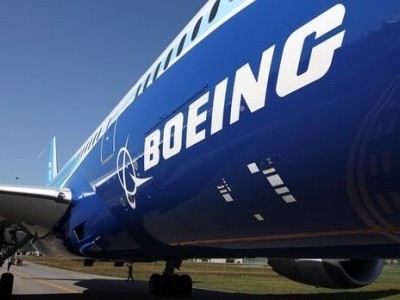
Boeing prosecutors aim to decide criminal charge by early June
View Article
Stonemont announces industrial development close to Tampa International Airport
View Article
Maersk boosts Weatherell to Global Chief of Air Freight Forwarding
View Article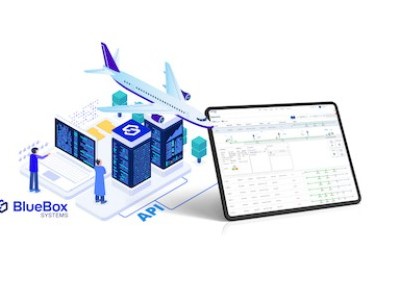
Logicsols chooses BlueBox Systems due to excellent air freight data
View Article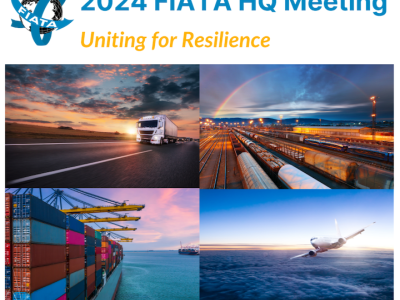
FIATA and IATA united for resilience
View Article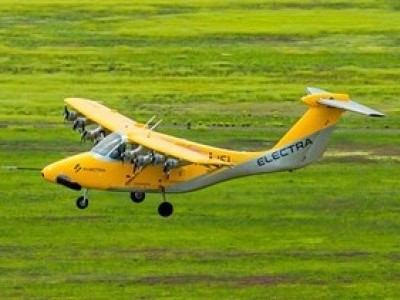
U.S. Navy selects Electra to design ship-based eSTOL logistics aircraft
View ArticleGet the most up-to-date trending news!
SubscribeIndustry updates and weekly newsletter direct to your inbox!
